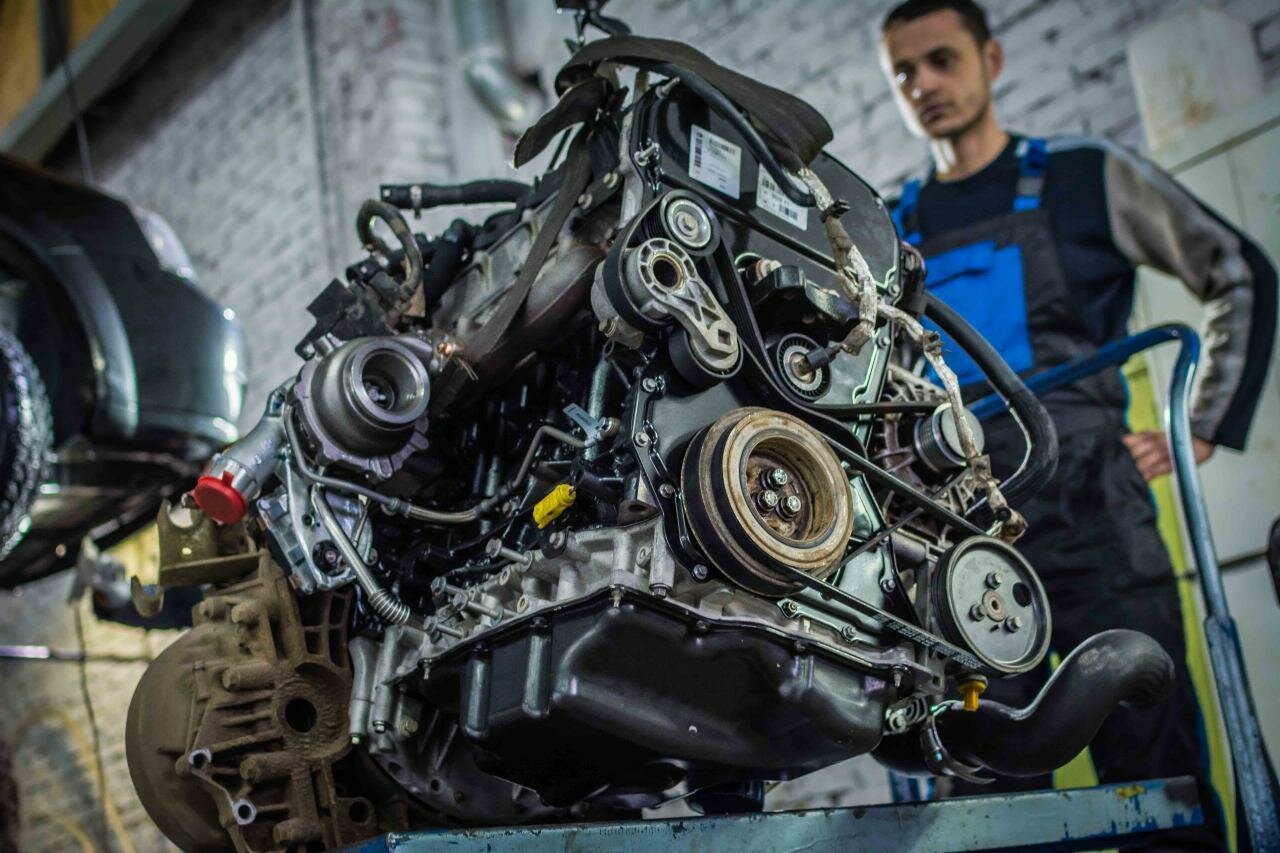Nissan 2.5L Engine Overview
A Brief History
The Nissan 2.5L engine, known for its balance of performance and efficiency, has been a staple in various Nissan models since its introduction in the early 2000s. This inline-four engine, part of Nissan’s QR series, was designed to cater to a growing demand for compact yet powerful engines in sedans, SUVs, and trucks. It found its way into popular models such as the Nissan Altima, Rogue, and Sentra, offering drivers a reliable option for everyday use.
Over the years, the 2.5L engine has undergone several revisions and updates, aiming to improve fuel efficiency and reduce emissions. Despite these advancements, the engine has not been without its share of problems. As it gained popularity, a number of issues began to surface, raising concerns among owners and mechanics alike. These problems often stem from design flaws, manufacturing defects, or simply the wear and tear associated with high mileage.
Understanding the common issues associated with the Nissan 2.5L engine is crucial for current and prospective owners. Whether it’s a minor inconvenience or a major mechanical failure, being informed can save time, money, and potential safety risks. This article will delve into the most prevalent problems linked to the Nissan 2.5L engine, providing a clear picture of what to expect and how to address these issues effectively.
Nissan 2.5L Engine Issues: A Closer Look
Common Problems
The Nissan 2.5L engine has garnered a reputation for reliability, but several recurring issues have emerged over the years. Understanding these problems is essential for anyone considering purchasing a vehicle equipped with this engine or for current owners who want to maintain their vehicles effectively. Here are some of the most common problems associated with the Nissan 2.5L engine:
- Oil Consumption: Many owners have reported excessive oil consumption, which can lead to engine damage if not addressed promptly.
- Timing Chain Tensioner Failure: The timing chain tensioner can fail, resulting in a rattling noise and potential engine misalignment.
- Vibration Issues: Some drivers experience vibrations at idle, which can be attributed to engine mounts or balance issues.
- Fuel Injector Problems: Clogged or malfunctioning fuel injectors can lead to poor engine performance and fuel efficiency.
- Overheating: Overheating can occur due to a faulty thermostat or water pump, leading to severe engine damage if not resolved.
Specific Symptoms and Their Consequences
Identifying symptoms early can prevent more severe consequences. Here’s a table summarizing the symptoms associated with common issues in the Nissan 2.5L engine and their potential consequences:
| Symptom | Possible Consequence |
|---|---|
| Excessive oil consumption | Engine wear and potential failure |
| Rattling noise from the engine | Timing chain failure, leading to catastrophic engine damage |
| Vibrations at idle | Increased wear on engine mounts and components |
| Poor acceleration and fuel efficiency | Reduced performance and higher fuel costs |
| Engine overheating | Severe engine damage, including head gasket failure |
Preventive Measures and Maintenance
Regular maintenance can mitigate many of the issues associated with the Nissan 2.5L engine. Here are some preventive measures that can help maintain engine health:
- Regularly check and change the engine oil to prevent excessive consumption and wear.
- Inspect the timing chain and tensioner during routine maintenance to catch any issues early.
- Monitor engine vibrations and address any abnormal behavior promptly.
- Keep the fuel system clean by using quality fuel and performing regular injector cleaning.
- Check the cooling system regularly to ensure proper function and prevent overheating.
Top views |
|
|---|---|
 |
Oil, Timing Chains, Pistons: What Really Kills an Engine Prematurely? |
 |
How to Choose a Car with a Reliable Engine: Used Car Market Hacks That Actually Work |
Conclusion
The Nissan 2.5L engine presents several challenges that current and prospective owners should be aware of. By understanding the common problems and symptoms, as well as implementing preventive maintenance, owners can significantly extend the life of their engines and avoid costly repairs.




0 Comments